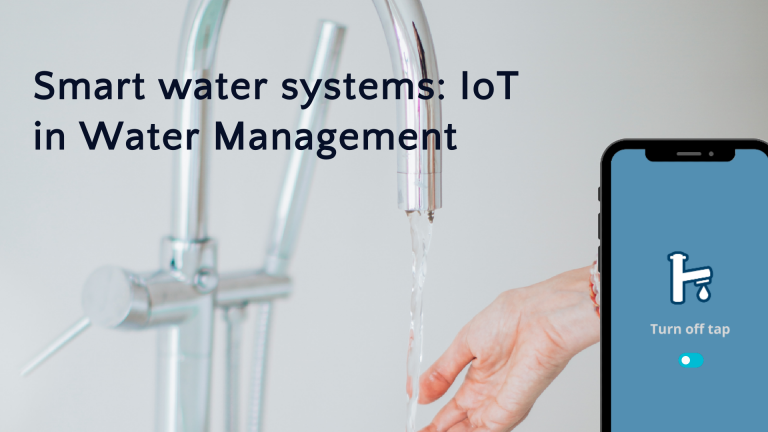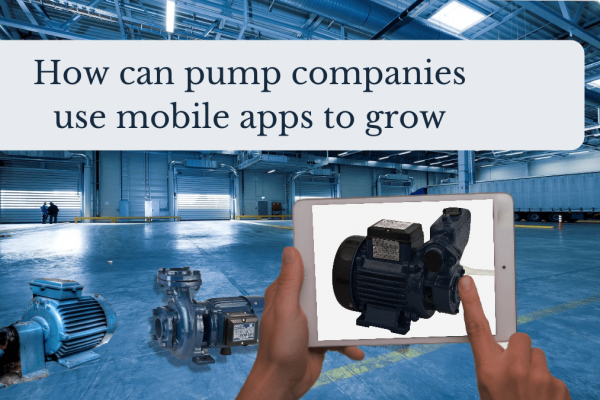Water is one of the most precious resources in the world. Even in areas with heavy rainfall in the rainy season, poor water management often results in droughts by the summer season. The internet of things can help. With robust sensor technology and faster and reliable connectivity available, time is ripe for deploying IoT for water management.
First, a story of using IoT in water management
Almost all the houses in South India have their separate wells and the water is pumped from the well to a rooftop tank daily.
When the tank is empty, someone turns on the pump manually, and it is switched off when we hear the sound of the water overflowing and falling to the ground from the roof. It works, but there’s always a wastage of water. Even though commercial automatic controllers are available, hardly anyone uses them.
This is probably the reason why using IoT for controlling a water pump is one of the first thoughts that come into the heads of engineering students in South India when they first start playing with an Adruino board or a Raspberry pie computer. Also, the fact that an ultrasonic sensor is one of the first sensors everyone plays around with.
But when it comes to using IoT in water management, controlling a water pump using an Arduino board is just the first step.
Let’s have a look at the fanciest application of IoT for water management.
Smart showers. Yes. Kinda makes you wonder if we have gone a bit too far with IoT, but hear me out. Fancy LED lighting and temperature control aside, these devices save a lot of water.
Using sensors, these showers can adjust the water flow based on what you’re doing. Sensors track where you’re in the shower, and increase or decrease the amount of water. For example, if you’re washing your hair directly under the shower, it sets the water flow to the highest. When you step aside to shampoo, the shower automatically reduces the water flow. No more soapy shower knobs.
And like most IoT devices they come with a mobile app, and you can track your water consumption on it. Most of them don’t need you to plug in the shower to an outlet(scary thought), they work using the water flow alone. For example, EvaDrop, a popular smart shower, can be attached between your existing showerhead and the wall. The device promises to reduce the water consumption by up to 50%.
Water management for the entire house/ or the city
While smart showers control water usage at one outlet, it is possible to manage water for the entire household. For an entire city, water distribution is managed by a utility company or by the local government. Households are billed every month or so based on measurements from the water meters. What if we made these meters smart? Technologies like LoRa and NB-IoT has made data collection irrespective of the distance possible.
Water meters in an area is networked and connected to a mobile app. And using this, every household can monitor their water consumption in real-time. Just by sending alerts for exceeding their water consumption goals, you can encourage households to reduce their water usage. Flowmitr from Nuventure Connect is one of these smart water meters. Using Flowmitr, users can make their monthly bill payments without taking manual readings.
This system can be installed without a complete revamp of the network. The device is both available as an integrated smart water meter, or as a small device that can be attached to an AMR ready water meter. The device converts the analog data from the water meter into a digital format and connects it to the cloud. Using cutting edge analytics, water distribution companies can detect leaks across the network and prevent wastage of water.
Optimising irrigation in agriculture using IoT
Almost 70% of freshwater usage across the globe is for agriculture. This can increase up to around 90% in South Asian countries. But with IoT, along with a touch of AI, we can reduce this significantly.
Irrigation for agriculture is most of the time a one-size-fits-all approach. There are a multitude of factors that affects the watering requirements of an individual plant. But its simply not practical to measure them. Until now.
It is now possible to measure the moisture levels in different regions of the agricultural field using sensors. Based on this, both overwatering or underwatering can be prevented. Earlier automated irrigation systems simply turned the valves on or off at the right time. But with smart irrigation systems, the weather forecast is also taken into account. These smart-systems takes factors like soil moisture and the weather forecast for the day. This data is then used to determine the watering schedule.
With advances in AI and AI vision, it may one day be possible to get even more granular control over the agricultural field. With AI innovations in agriculture, and better sensor technology with advances like smart dust, one day we may see robots or drones watering individual plants in an agricultural field.
IoT in large scale water management
Besides smart water meters, IoT can optimize water distribution in other ways too. With IoT, it is possible to monitor entire water distribution networks in real-time.
Water quality is an important factor when it comes to large scale water distribution and it can directly influence the health of a population. With IoT, it is possible to set up sensors along the network to monitor the water quality. In case of any change in water quality due to a leak or a spill can be detected in time.
Maintenance of water distribution network is important to ensure a continuous supply. But the process is also highly resource-intensive. And broken pipes and leaks make this difficult. The solution is one of the most common industrial application of IoT: predictive maintenance. It is possible to determine if maintenance is required. With data from sensors, we can avoid expensive and unnecessary repairs.
Besides monitoring, it is also possible to control these networks using IoT. Instead of manually closing or opening valves, it is possible to remotely manage the entire network and even automate it.
The possibilities are endless.
Besides these, IoT brings out a whole new world of possibilities to manage water resources, conserve it, and prevent its wastage. IoT is all about optimising and making everything more efficient. It can do wonders for water management.




